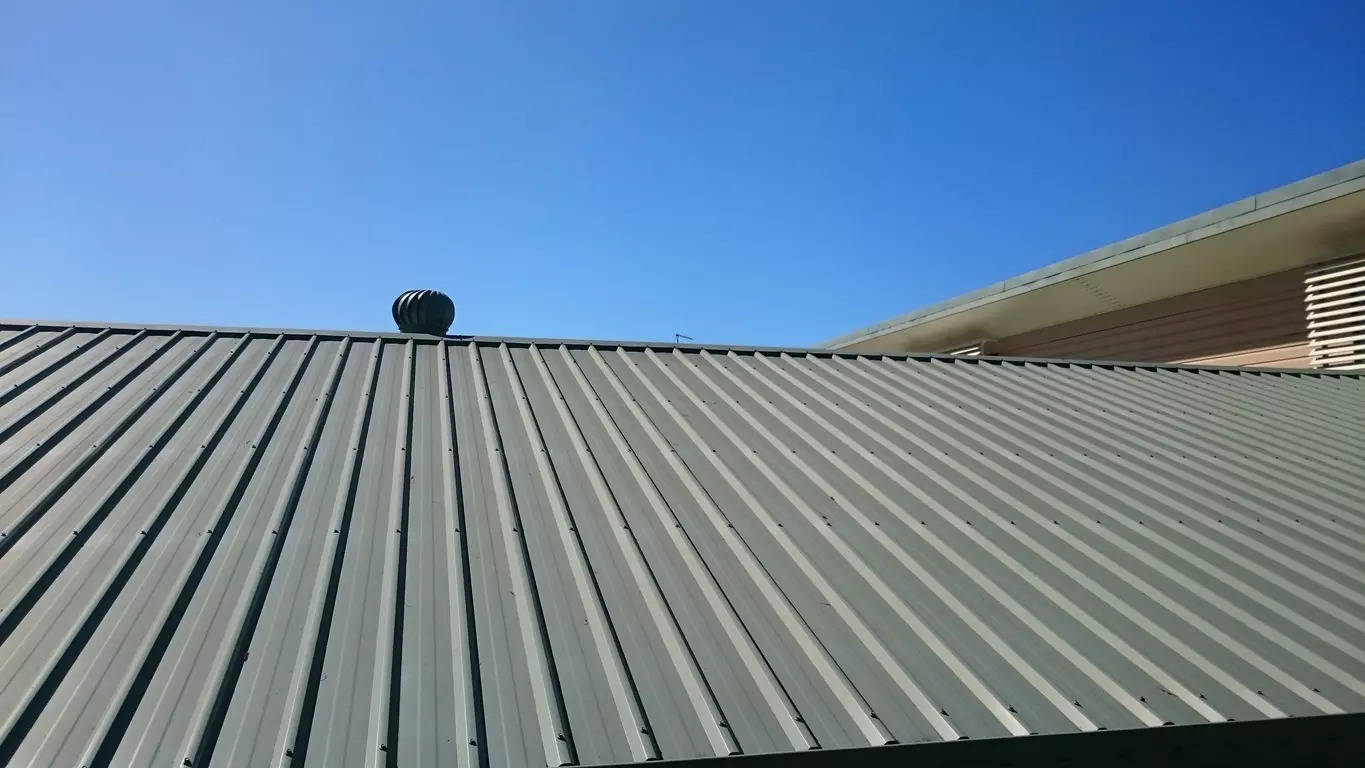
HYDERABAD: A year after it was introduced, the Telangana govt’s cool roof policy has failed to find many takers. Currently, the city has less than 20 under-construction projects that have signed up for the policy – rolled out with the objective to make urban homes cooler.
As per the policy, all government and commercial buildings must adopt cool roofs — a roof built with reflective tiles or painted in reflective light colour paints to reflect more sunlight and absorb less heat — to lower the temperature of the building. However, according to Indian Green Building Council (IGBC) headquartered in the city, its adoption has been minimal.
Lack of promotion
“It is largely because the policy wasn’t promoted well,” said Shekhar Reddy, chairman of IGBC, adding how the concept isn’t new, yet effective. “Traditionally, people used lime and mud bricks during construction to achieve cooling effect. They also used light coloured paint to reflect the hot solar rays. This has now evolved into reflective paints and cool roof tiles. Constructed with materials that absorb less heat, cool roofs work by reflecting a greater amount of sunlight compared to standard roof surfaces. This reflective quality can lower indoor air temperatures by up to 2° Celsius to over 4° Celsius,” he added.
“This summer is being noted as one of the hottest in the past decade as the state recorded an unusual high of 47°C. Currently, we have other widely adopted sustainable concepts like solar panels, rain water harvesting etc. But this is not enough, we need to adopt concepts like cool roofs,” said urban ecologist RS Tummala. One can simply apply reflective paints to their roofs, though these may wear out after a few monsoon seasons, or opt for the installation of durable cool roof tiles, which can last for many years,” said urban ecologist RS Tummala, he added.
Cost effective cooling
Industry players say that it is also cost effective. As per their rough estimates, cool roof tiles costs about 120 to 150 (including the cost of product, labour and installation) and lasts for 25 years.
“The cool roof tiles are made with vitrified material, which can help combat the heat island effect in urban areas, leading to reduced energy consumption and lower carbon emissions,” said N Satyendra Prasad from Regency Ceramics.
While environmentalist SB Nakka also highlighted other such concepts like ash bricks, bio walls, terrace farming and vertical gardens which will be a game changer in near future.
“These cooling solutions can be installed anywhere, beyond upscale apartments or gated communities. Reflective paints offer a cost-effective option, while terrace farming is increasingly common among the middle class. We should also shift construction materials from conventional bricks to ash bricks, which absorb less heat. Additionally, utilising heat-resistant materials like pyrex glass, opal glass, and sunshield glass for windows can contribute significantly to mitigating heat. Implementing such simple measures can yield substantial long-term benefits,” Nakka added.
According to the town planning of GHMC, cool roofs are required for residential buildings with a plot area of 600 square yards or larger, while for those with a plot area of 600 square yards or less, it is optional, failing to do so will lead to non issuance of occupancy certificate. “It is still a very new concept. Our focus is currently on making people aware about it first,” said an official from the department.